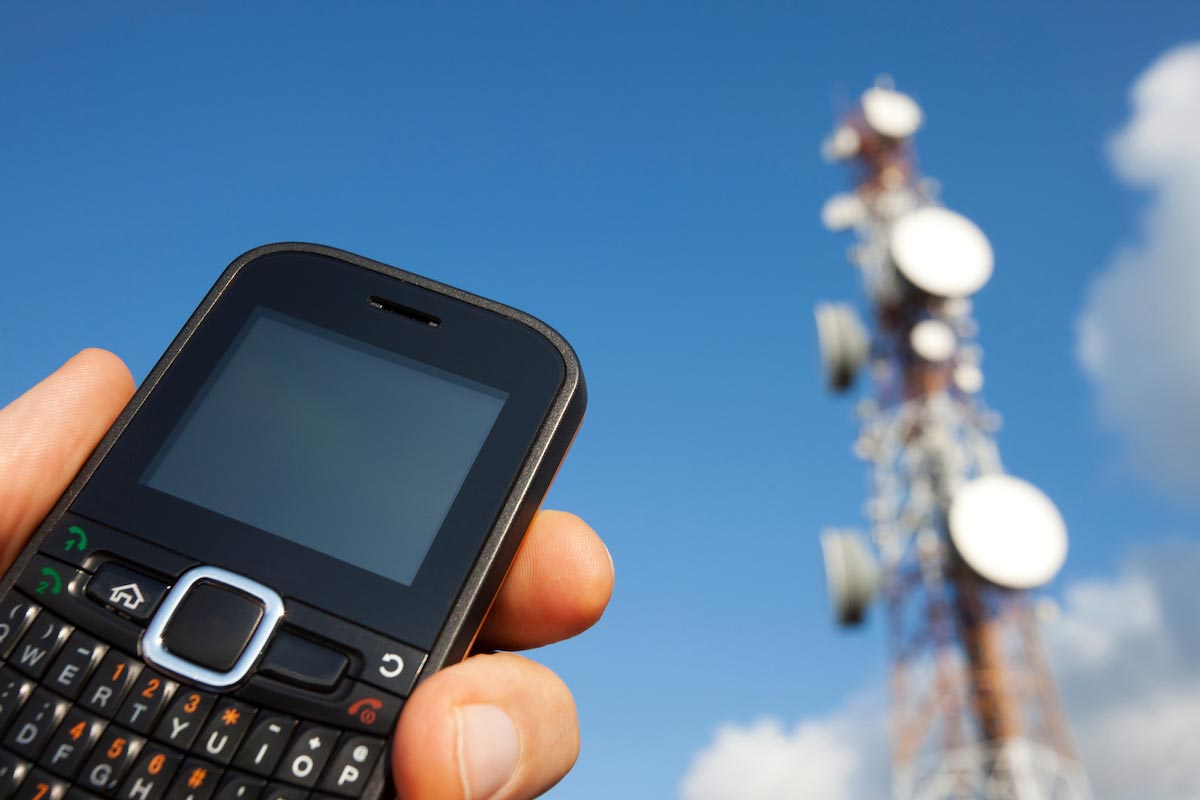
The new method is perhaps the first of its kind to lift organic resins from the inorganic fiberglass they're bonded to. It is the closest anyone has come to a zero-waste cell phone.
Study author Maria Holuszko, a professor of mining engineering at the University of British Columbia (UBC), explained that old cell phones are a major source of electronic waste (e-waste). The problem continues to grow every year.
Nearly two billion new units are annually sold around the world. People ditch their old phones every couple of years for the latest model.
Holuszko said e-waste recycling firms are trying to find ways to take apart cell phones for useful materials. Adding to the challenge, they need to do so without damaging the environment. (Related: 3 Easy habits that you can pursue today to dramatically improve your “sustainability score.”)
New process uses simple gravity separator to separate fiberglass and resin particles
The typical e-waste recycler goes after useful metals in old cell phones. Copper, gold, palladium, and silver are valuable and easily reused in new products.
Non-metallic fiberglass, resins, and other non-metals make up the bulk of a printed circuit board. They have less value and are harder to process into useful materials, so e-waste recycling firms don't bother with them.
Two fates await these unwanted materials. Either they go into incinerators that generate noxious air pollution, or they are tossed into the nearest landfill. In the case of the latter, the fiberglass and resin will leach toxic chemicals into the air, groundwater, and soil over time.
Holuszko is one of the founders of the UBC's urban mining innovation center, which is dedicated to extracting useful materials from electronic waste. She decided to look for a way to separate the fiberglass and resin.
Her research team devised a process that relies on purely physical means to separate fiberglass from resin. Since the process does not use chemicals, it does not cause any harm to the environment.
First, the waste material is milled until it has been reduced into fine particles. This milled material goes through a gravity separator, which separates objects of similar size but different densities.
Gravity separators are used by farmers to get the valuable seeds, grains, and kernels of crops. Recycling companies also use them to separate different materials.
Fiberglass and resins have different densities. This means a gravity separator can separate their particles.
Recovered fiberglass can be reused for construction materials and insulators. Amit Kumar, a UBC researcher who assisted Holuszko during the study, believes the recycled fiberglass can one day be reused in new cell phones.
Eco-friendly way to get useful materials from e-waste
Kumar and Holuszko are planning to scale up their process for commercial use. They're working with Ronin8, a Canadian recycling company based out of Richmond, British Columbia.
Ronin8 extracts various fibers, metals, and plastics from electronic waste products. The company avoids using toxic chemicals while getting every bit of precious metal from old cell phones.
"Ronin8 has developed an innovative e-waste process for electronic waste that aims to address the intrinsic faults in traditional e-waste processes today," said Travis Janke, the head of the e-waste recycling company's engineering department.
On January 1, 2018, China announced it would no longer accept recyclable waste imports. It will be up to local recycling companies using methods like the UBC team's process to reduce e-waste.
Keep track of the eventual arrival of the zero-waste cell phone at Environ.news.
Sources include:
Please contact us for more information.























